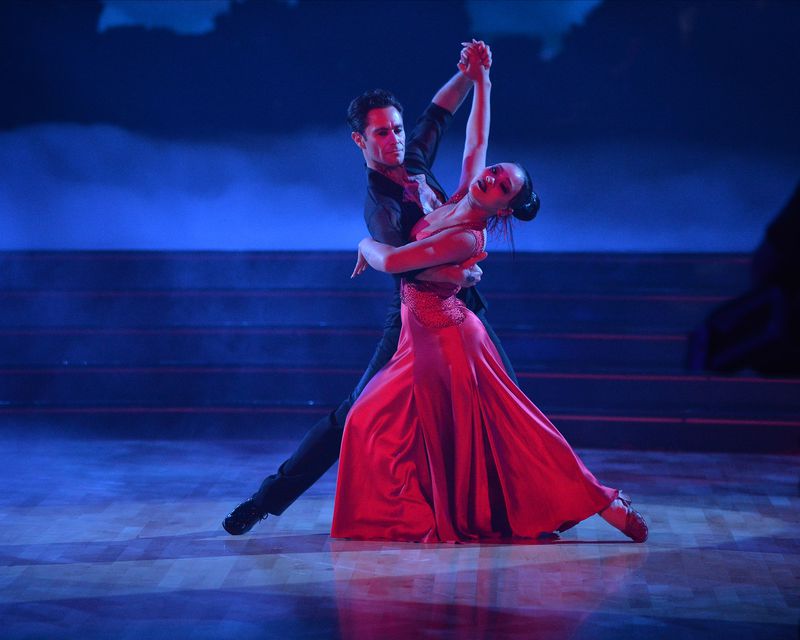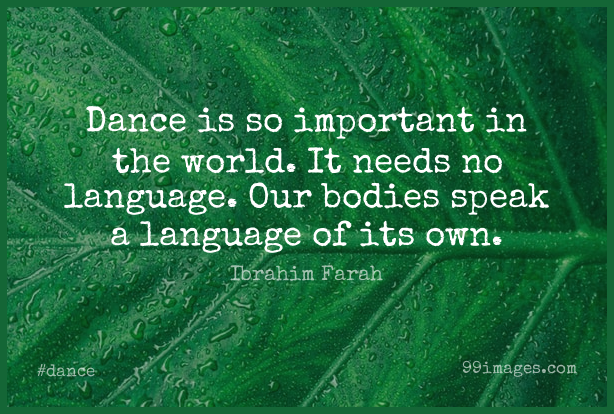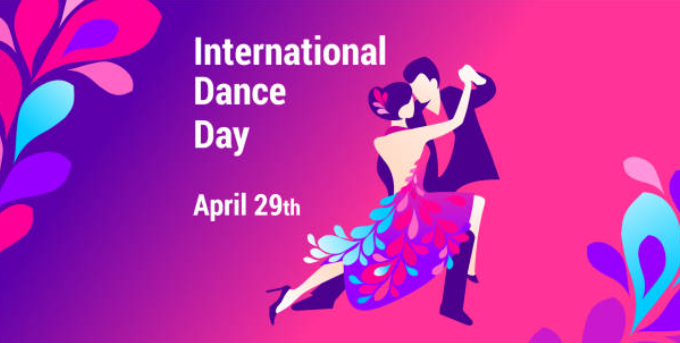By Maria Papagiannopoulou,
International Dance Day was created as a global celebration of dance by the Dance Committee of the International Theatre Institute (ITI), UNESCO’s principal partner for the performing arts. The festival honors the birth of Jean-Georges Noverre (1727-1810), the pioneer of modern dance, every year on April 29th. The day seeks to encourage participation and education in dance via activities and festivals held across the world on that date. ITI is officially recognized by UNESCO as the event’s originator and organizer.
By sponsoring activities and festivals all across the world, International Dance Day aims to promote dance participation and education. Similarly, it honors those who respect dance and serves as a wake-up signal to governments and politicians who may be hesitant to acknowledge its importance.
The event also strives to bring people from many cultures together, while respecting and understanding diversity.
The organizers of International Dance Day hope to raise awareness of the importance of dance in all of its forms and to share this delight with the rest of the world.
Every year on April 29, the International Theatre Institute hosts a Gala Celebration to honor International Dance Day, which is attended by its members, as well as dancers, choreographers, dance students, and lovers.

The Gala Celebration is held in a host city chosen by the International Theatre Institute’s Executive Council, such as Shanghai, China, in 2017 and Havana, Cuba, in 2018.
The Gala Event’s itinerary varies, but it usually includes world-class dance performances, student performances, keynote speeches, and a recital of the Message for that year’s event read in person by the chosen message author.
For example, in Shanghai, 2017, the event expanded to a three-day celebration with a stronger focus on education through dance workshops and talks conducted by a worldwide cast of dance specialists. Performances were scheduled throughout the evenings, culminating in the Gala Celebration. The Shanghai event also included a humanitarian component, with a large focus on honoring impaired dancers’ accomplishments and encouraging disabled youngsters to dance.
ITI Centers around the world are urged to commemorate April 29 in their respective countries through special educational programs, humanitarian drives, dance performances, and festivals, in addition to the Gala itself.
One of the most famous dances around the world is the tango. The tango was the first improvisational couple dance ever observed in Europe. Couple dance used to be sequence-based, with each couple on the floor doing the same moves at the same time before the tango arrived (the Boston, a rhythmically challenging variant of the waltz popular in London in 1911, was the sole significant exception, though it was never widely danced). The emergence and popularity of the tango essentially characterize the beginning of partner dance as we know it today.

The tango is only the third dance in history where the man and woman face each other, with the man holding the lady’s right hand in his left and his right arm around her, despite the fact that it appears to be the only viable hold for pair dancing.
The Viennese waltz, a sensation across Europe in the 1830s, was the first dance performed in this venue. Couple dancing was more formal before the Viennese waltz, with couples executing prepared routines and typically little more physical contact than holding hands – if that (although some Renaissance dances like la volta could involve surprising levels of intimacy).
The polka, which became popular in the 1840s, was the second pair dance to use this hold.
The tango, the third dance, was unlike anything before, since it was the first to introduce the concept of improvisation, and it had a tremendous influence on all pair dancing in the 20th century.

All of these abilities help a child’s academic achievement, as well as their physical health.
Dance keeps you in shape! Dance promotes the importance of movement and health in a number of ways through a variety of disciplines. Dancers also learn to move through correct postures by coordinating their muscles. Dancing is a beautiful hobby for people of all ages to enjoy, as long as they are in good enough health to continue dancing for the rest of their lives.
Overall, dance is an excellent approach to developing vital social skills. Moreover, it is also an opportunity to educate your children on the value of being a part of something bigger than themselves.

References
- Tango History – Origin and Characteristics of Tango, dancefacts.net, Available here
- Tango, wikipedia.org, Available here
- Tango was the first couple dance ever seen in Europe that involved improvisation, corrientessocialclub.co.uk, Available here




